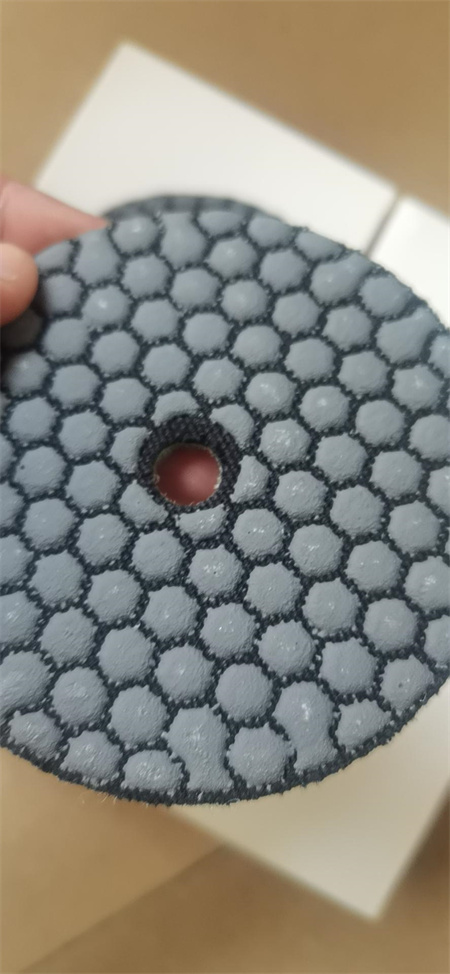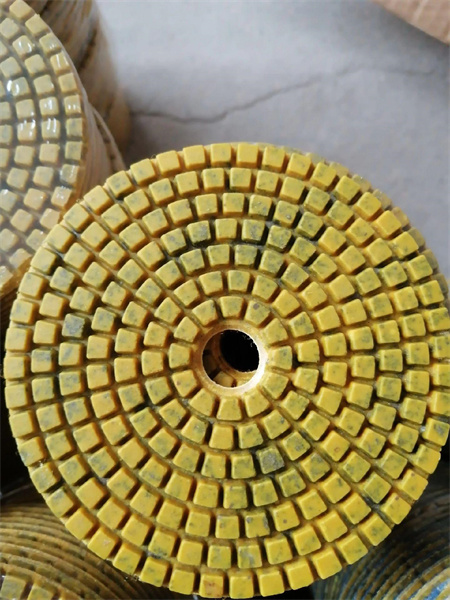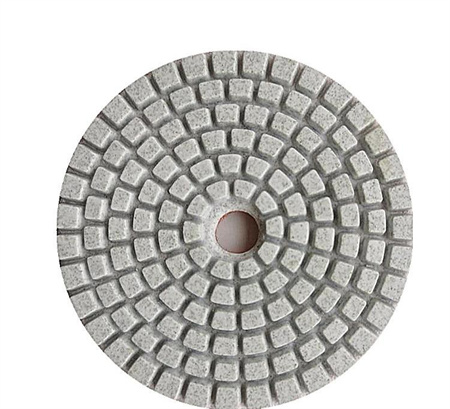The Role of Augmented Reality in Pad Selection Training
In recent years, the field of training and education has undergone a significant transformation, thanks in large part to the advent of augmented reality (AR). One area where this technology has shown remarkable potential is in pad selection training, particularly within industries that rely heavily on precise equipment choices, such as electronics manufacturing, automotive, and even medical fields. The integration of AR into this training process not only enhances the learning experience but also makes it more efficient, interactive, and impactful.
Pad selection, often associated with the assembly of electronic components or mechanical systems, requires a keen understanding of various materials, sizes, tolerances, and performance characteristics. In traditional training environments, learners typically rely on textbooks, diagrams, and physical demonstrations, which can sometimes fall short in delivering the hands-on experience needed for mastery. Augmented reality offers a novel way to bridge this gap by creating immersive simulations that mimic real-world scenarios in a controlled environment.
One of the main benefits of using AR in pad selection training is its ability to provide visual overlays that highlight key elements of the pad and its compatibility with other components. Through AR devices like smart glasses or mobile apps, trainees can see real-time, 3D models of pads overlaid onto physical objects, allowing them to better understand how different pads fit into their larger systems. For example, an electronics engineer might use AR to visualize how various pad types will interact with circuit boards, helping them choose the right one based on factors such as heat resistance or electrical conductivity.

Another compelling aspect of AR in pad selection training is the way it fosters active engagement. Rather than passively receiving information, learners are encouraged to interact with the training content. For instance, trainees might use gestures or voice commands to manipulate digital representations of pads, adjusting parameters such as size, material, or coating to match specific requirements. This hands-on approach not only enhances comprehension but also makes the training process more enjoyable and memorable.

Moreover, AR allows for continuous learning and skill improvement. Instead of completing a single, time-limited training session, employees can revisit the training material whenever needed, ensuring they stay up-to-date with the latest techniques and technologies. This is particularly important in industries like electronics, where innovations happen rapidly and staying current is essential for maintaining high levels of productivity and safety.
The potential for AR to enhance pad selection training goes beyond technical skills. It also provides an opportunity to promote safety, efficiency, and quality control. By offering a risk-free environment for experimentation and learning, AR ensures that trainees are better prepared to make decisions that could impact not only the functionality of a product but also its safety and long-term durability. When workers understand the finer details of pad selection, they are more likely to make well-informed decisions that lead to fewer errors and reduced production downtime.
Looking ahead, the role of AR in training is expected to continue growing. As the technology becomes more advanced, we can anticipate even more sophisticated applications, such as the integration of AI to offer personalized training experiences or the use of haptic feedback to simulate the physical sensations associated with pad handling. The future of pad selection training, powered by augmented reality, promises to be more efficient, more engaging, and ultimately more effective.
In conclusion, augmented reality has proven itself to be a game-changer in the realm of pad selection training. By providing an immersive, interactive, and safe learning environment, AR allows trainees to gain a deeper understanding of their tasks, make more informed decisions, and enhance their skills more quickly. As the technology continues to evolve, we can expect even greater advancements in how training is conducted, revolutionizing industries across the globe.
